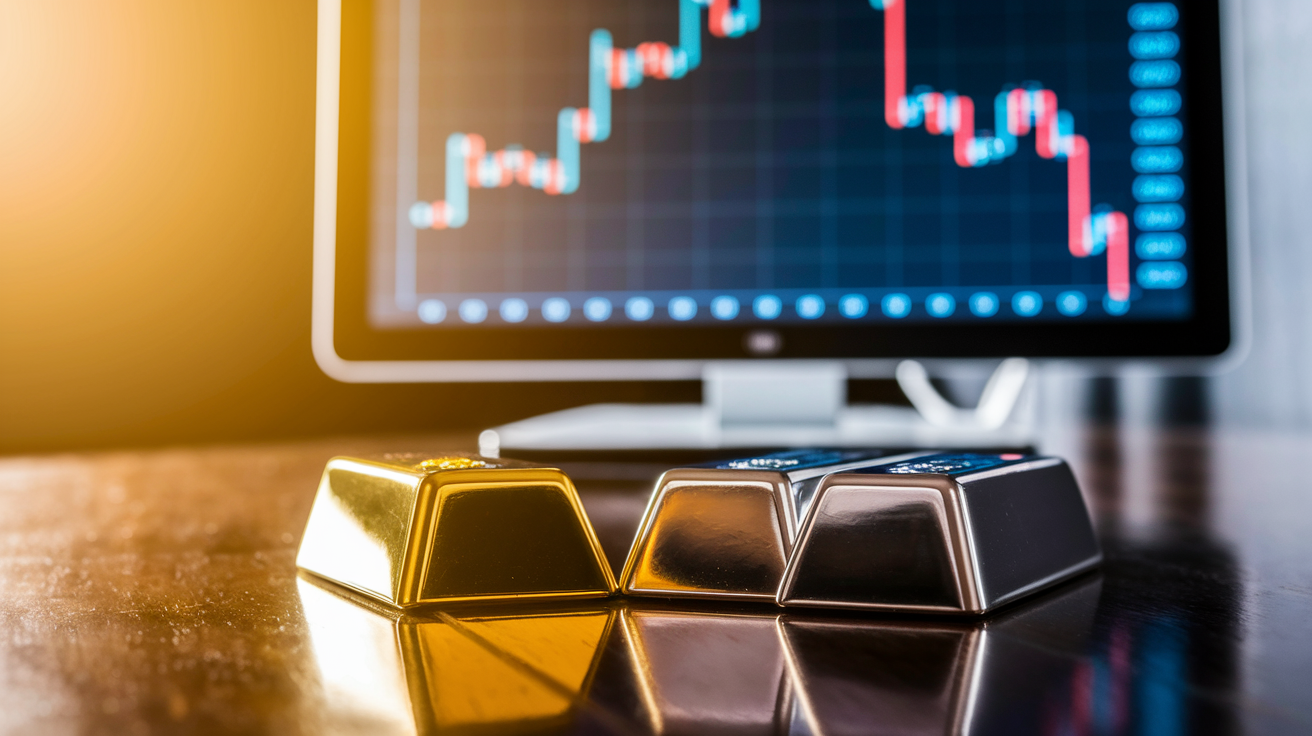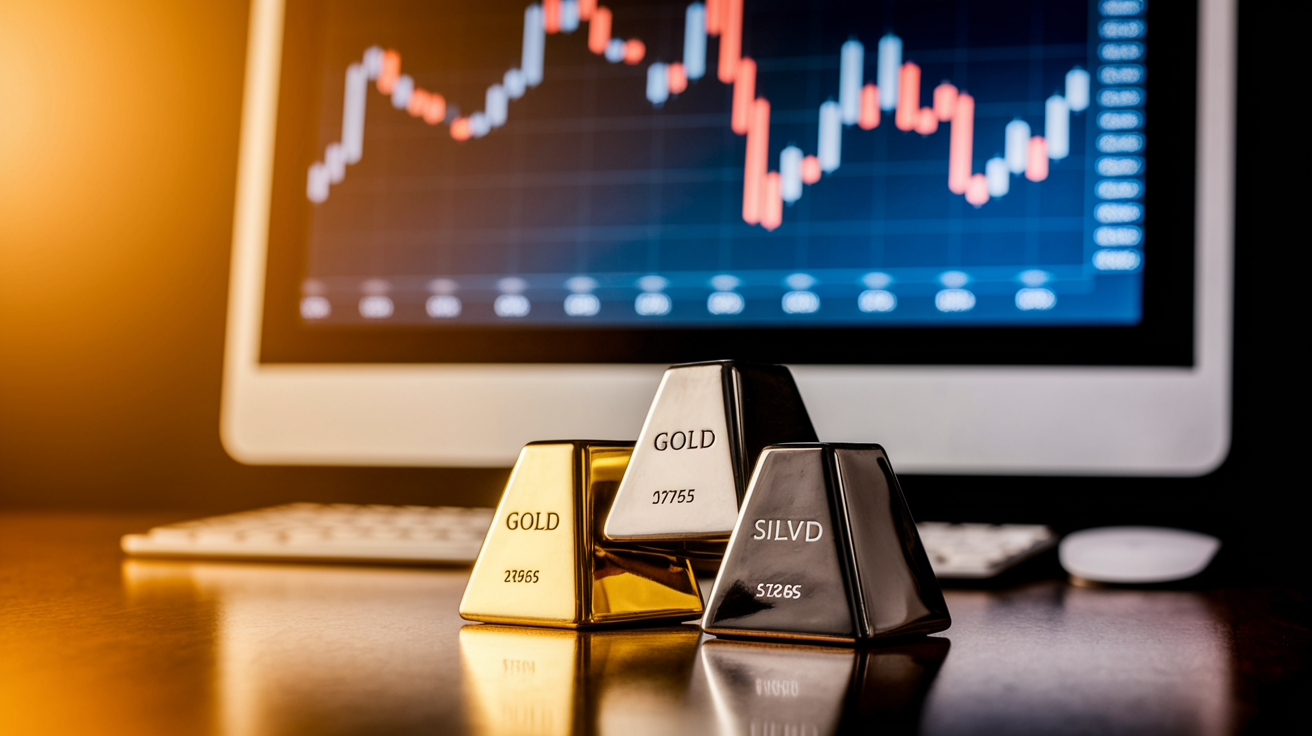In times of economic uncertainty, investors seek safe havens to protect their wealth. Gold and silver are considered protective shields, but their performance is influenced by different factors. While gold is traditionally viewed as more stable, silver offers interesting growth opportunities due to its industrial demand. This article explores the role of gold and silver during crises and analyzes how industrial demand influences their attractiveness as safe havens.
Stability vs. Volatility: How Gold and Silver Prove to be Safe Havens in Times of Crisis

In times of global uncertainty and economic turmoil, investors often turn to traditional assets considered stable investments. Gold and silver have a long history in this regard as “safe havens.” While both metals serve similar functions, they differ significantly in their characteristics and market reactions.
Gold has established itself over the centuries as a reliable haven. Historically, it plays a key role in protecting against inflation and currency devaluation. Due to its low correlation with other asset classes, such as stocks, gold offers some counter-cyclical stability. Its appeal increases during crises, leading to greater demand from investors and thereby driving up the price. This is evident in recent developments where the price of gold has reached new highs, supported by geopolitical tensions and expansive monetary policies from central banks.
Silver, on the other hand, exhibits higher volatility, making its role as a safe haven more complex. It is both an industrial metal and a precious metal, meaning its price dynamics are influenced by both industrial application trends and investor sentiment. However, during crises, silver can also experience significant price increases. Current market signals indicate rising industrial demand, while declining silver stocks affect market supply. These factors could lead to a sudden price surge once certain technical resistance levels are reached.
The comparison between the two metals suggests that gold, with its stability and lower price fluctuations, represents a safer choice, especially for conservative investors seeking stability over returns. Silver, on the other hand, offers a higher risk factor but also comes with the potential for quick and significant gains. For speculative investors who are not deterred by fluctuations, silver can be an interesting investment.
Ultimately, both gold and silver offer protection during times of economic uncertainty, but with different risk profiles. A balanced approach might be to invest in both metals depending on one’s risk tolerance and investment goals.
Industrial Factors and Their Impact on Precious Metals Markets

Gold and silver shine as safe havens in the investment world during times of economic uncertainty, but their role is often influenced by industrial demand, which recalibrates the balance in precious metals markets. This demand is particularly a crucial factor for silver, while gold is significantly less affected.
The main difference between silver and gold lies in the extent of their industrial applications. Silver is used in a variety of innovative technologies. Due to its remarkable electrical conductivity, silver is essential for electronics production. The solar energy sector, which is rapidly growing, also contributes significantly to demand. According to the “Silver Institute,” an impressive 58% of global silver demand comes from such industrial applications. This extensive industrial usage makes silver indispensable to many companies, especially in the context of increasing electrification and the shift towards renewable energy.
In contrast, the demand for gold is primarily based on its reputation as a safe haven and store of value, with jewelry as a significant market segment. However, industrial applications, especially in electronics and renewable energy, are also on the rise. Recycling and strategic stockpiling support the gold supply, making it more resilient to sudden demand surges.
Given these dynamics, the so-called gold-silver ratio represents a key indicator for investors. With a current ratio of about 1:91, it indicates that silver might be considered undervalued compared to gold. A high value of this ratio has often signaled that a market correction favoring silver could be imminent.
In summary, while gold continues to hold its place as a stable safe haven, silver represents a more dynamic and potentially more profitable option due to its significant industrial demand. The balance between these two aspects – stable investment and industry-driven opportunities – gives the precious metals market a unique tension.